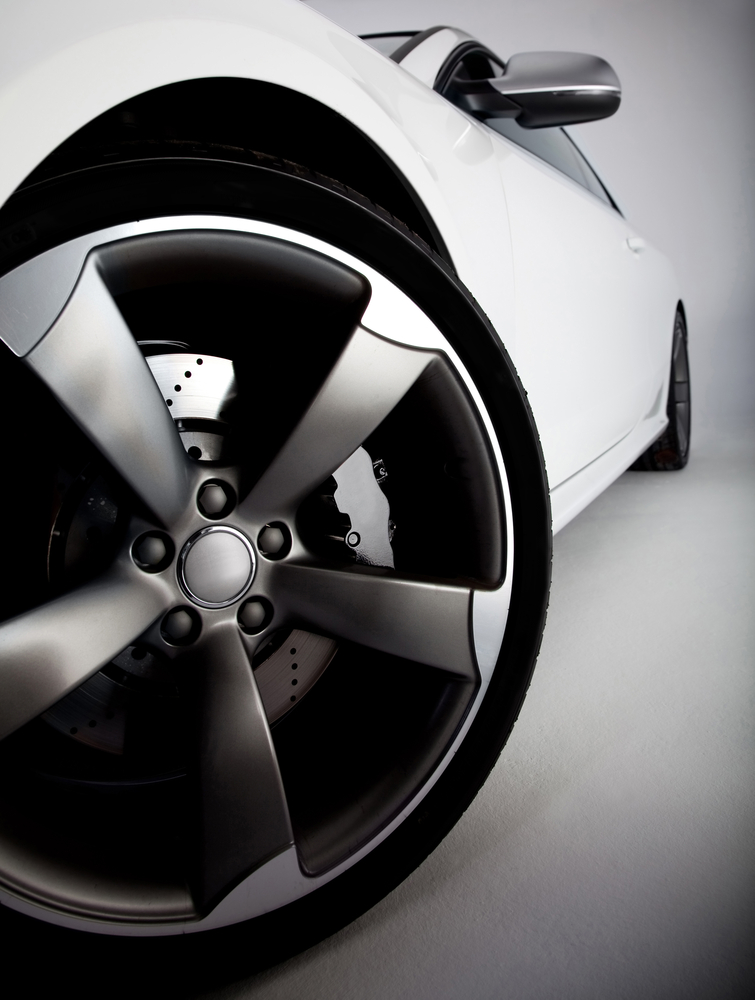What To Expect from new cars in 2020
Both time and technology march on inevitably. Many of the things that we used to think were science fiction – the “stuff of the future” – well, the...

It’s that time again - summer driving season is here. Every year we do a blog post about this time where we talk about what the experts are predicting with respect to the summer driving season ahead. It’s the busiest time of the year when it comes to the number of cars on the roads. That also means gas prices are most expensive because of the year’s highest demand. What can we expect out of our summer driving season this year? Will gas prices be higher or lower than in recent years? Will there be more cars out on the road for us to battle?
 It's June right now and you’ve probably noticed that gas prices have been creeping up in recent weeks. At the end of April, the national average was $2.81 a gallon, which is about 40 cents higher than it was a year ago. It’s also the highest mark at that time of the year in the last four years. At the same time, we’re still way below the peak price days like back in 2008 when travelers on Memorial Day were preparing to spend $3.80 per gallon. Or more, if you lived some place like California.
It's June right now and you’ve probably noticed that gas prices have been creeping up in recent weeks. At the end of April, the national average was $2.81 a gallon, which is about 40 cents higher than it was a year ago. It’s also the highest mark at that time of the year in the last four years. At the same time, we’re still way below the peak price days like back in 2008 when travelers on Memorial Day were preparing to spend $3.80 per gallon. Or more, if you lived some place like California.
Still, gas prices are somewhat higher now than in the last few years. These costs are driven (as usual) by high oil prices that have been rising for about a year now. Oil inventory supplies are also lower than they usually are due to production cutbacks by OPEC. We don’t get all our oil from OPEC, not by a long shot. But we still get a major chunk of it from them, so when they do things like that, it does affect us. There was a change in position at the end of May by both Russian and Saudi oil producers, who signaled that they would be increasing production. But if there’s anything that happens this summer (hurricane?), we certainly won’t see gas prices going down because of it.
We all know the summer driving song and dance – more drivers out on the road contribute to higher gas prices because the demand is higher. But consider that, despite more hybrids and fuel efficient cars out there than ever before, consumer demand for gas is actually at a record high. The government’s Energy Information Administration revealed that the month of April 2018 set an all-time record for highest consumer use (demand) for gasoline for any April in history. And as fuel economy standards for vehicles get rolled back by the Trump Administration, it’s only going to add fuel to the price fire for summer driving costs. Though in fairness, we won’t see the full effect of that last wrinkle for a few years.
In considering the number of drivers we can expect to be on the road this summer, it’s worth noting that the economy has been doing pretty well. People have more disposable income this year than, say, five years ago. That translates to more vacations and highway trips.
Luckily, we’ve already passed the worst time of the year for travelling, Memorial Day weekend. AAA estimated that 40 million people took to the roads over Memorial Day, making it the busiest travel weekend of the last 12 years (and 2 million more people than last year). The traffic volume for the rest of the summer driving season does tend to track with Memorial Day volume. So it appears we’re all in for a more expensive and busier driving summer than before.
We always like to conclude our summer driving season projections with some useful tips that you can take away. These tips are aimed at saving you money and giving you the safest and smoothest summer driving season you can.
Tires are an important but underrated safety feature. Tire pressure is an underrated element of good gas mileage. Check your tire pressure when the tire is cold (because pressure increases as it is used and warms up). Add air if it’s below your manufacturer’s recommendation, which can typically be found on a sticker in the door jam or on the tires themselves. Some people like to increase their tire pressure above those recommendations. Our position isn’t to say that is or is not a good idea, but rather just to point out that while it can give you better gas mileage, it decreases performance of the tire in the rain (which can be a safety hazard). The bottom line here is making sure your tire pressure is correct can improve your gas mileage by a full one mile per gallon, as well as making your tires last longer.
Many people don’t know that roads can be slipperiest during rain showers in the summer. During the first few minutes of a rain storm, the water mixes with the oil and grime on the road’s surface, making it it’s slipperiest. So you want to be more cautious at that time. The rule of thumb is that it takes about 30 minutes of rain to wash this stuff away.
This is what your dad used to tell you. Before leaving on any kind of sizable trip, you want to check your oil and coolant levels. Fill up your wiper fluid. Inspect your belts and hoses for signs of obvious wear. Change your air filter, too, if it’s starting to push the boundary of the recommending changing interval. It’s also a good idea to stash some extra coolant and oil in your trunk, just in case.
This is something few people think about, kind of like households in Florida being advised to build up hurricane supplies in case the power goes out for an extended period. It’s worth your while to put together a simple bag that has basic safety supplies for your car. A tire pressure gauge (which you should have per our first suggestion), a can of compressed air, roadside flares, a fire-aid kit (definitely), a simple tool kit, flashlight + batteries, and a lug wrench.
Happy driving!

Both time and technology march on inevitably. Many of the things that we used to think were science fiction – the “stuff of the future” – well, the...

Most oil advertising, when you get past the claims about how they are much better than the competition, make claims about engines being prone to the...
So we’re coming into the summer of 2022 and, let’s face it, lots of people are hurting right now. We’ve come out of a multi-year pandemic that caused...